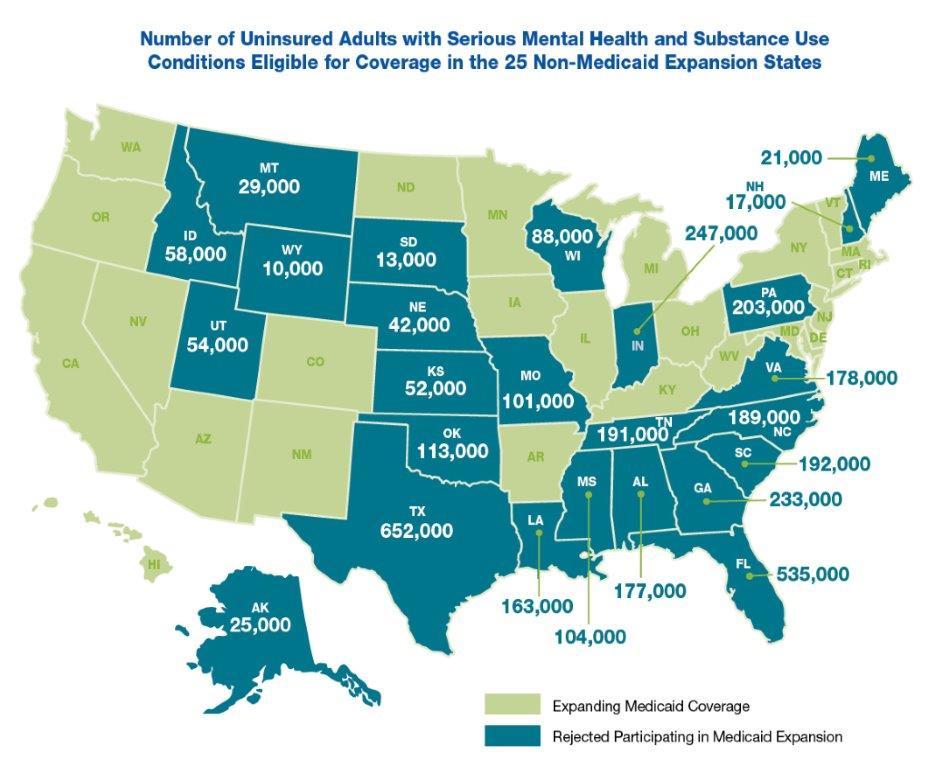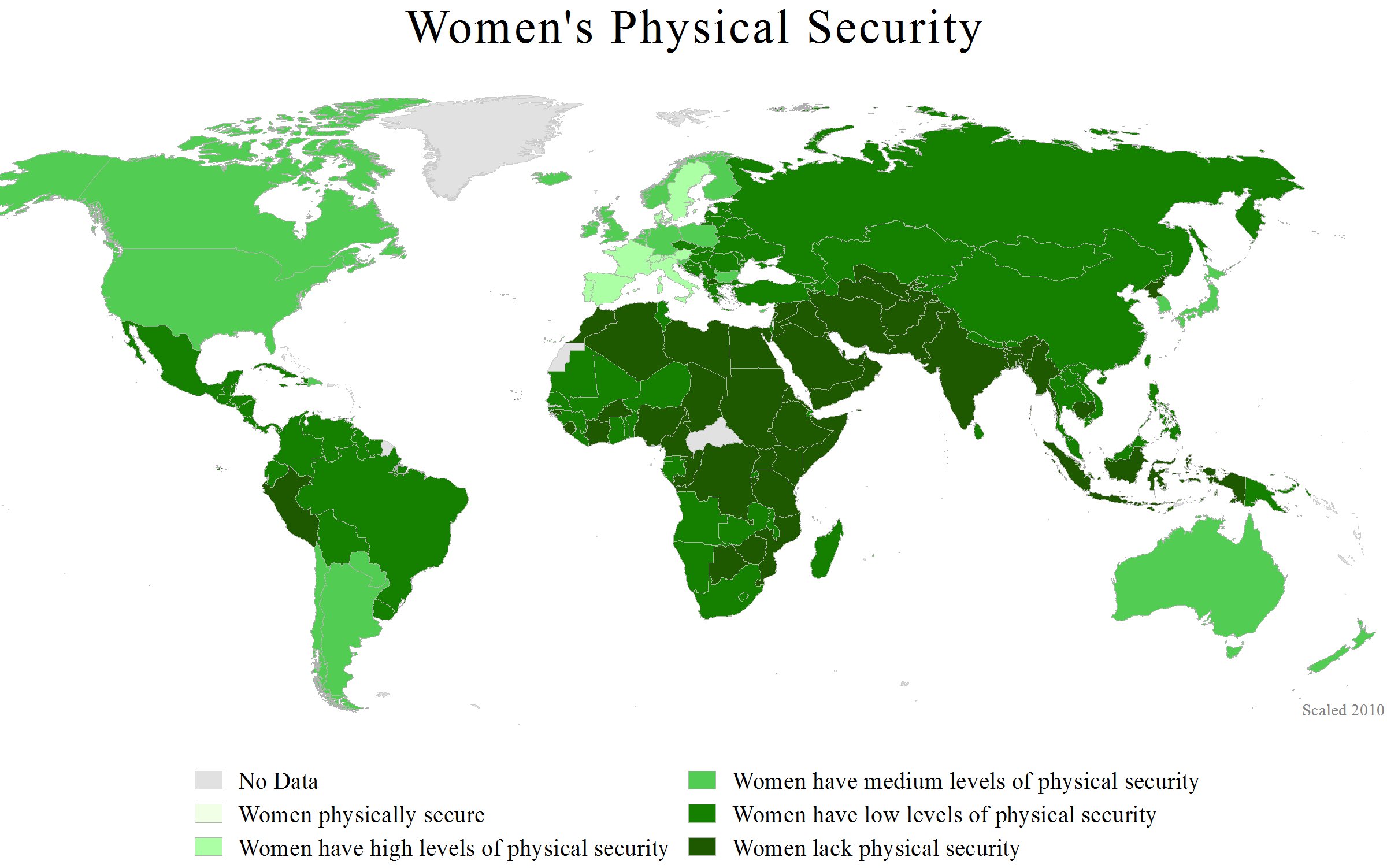Lesson 14: A Vision for the Future
Attention
Heroin deaths on the rise in Maine
Still an issue!
Did you know that I can see the future? Yes, I can. I pay attention to the PAST. Today is tomorrow's past.
Based on what I know about today, and yesterday, and so on, I CAN see the future.
No other category of diagnostic concern in mental health is nearlyas competitive with issues of drug abuse and dependance.
Cheaper, more potent, and "designed" for specific intoxication effects, it looms large and deadly.
And, I see nothing on the horizon to stem the flood. If financial gain from manufacture, to sale, is motive, just think "Breaking Bad!" Right? Now the cable networks are also making money off of our curiosity about drugs.
Learning Outcomes
Upon completion of this lesson's material, students will be able to:
- Identify the three obstacles to preventing mentally ill persons from receiving excellent care, as outlined in the President's New Freedom Commission on Mental Health Report.
- Identify the eight goals outlined as "musts needed," in Mental Health: A Report of the Surgeon General.
Teaching
The future would be NOW, if everyone were satisfied with the delivery system for community mental health. Too many obstacles, too many bumps in the road, too many cracks through which potential clients fall.
Gender, age, socioeconomic status, race, and ethnicity have all have proven to be barriers. The beauty of human life is diversity. The reality "on the ground" has proven something VERY different.
Click HERE to review the Final Report on the President's New Freedom Commission on Mental Health (2003).
Click HERE to read the Vision of the Future from Mental Health: A Report of the Surgeon General (1999).
Lecture
I had just used an iPad to see an earth surface digital picture of my home. Based on what the picture revealed, I could almost pinpoint the date of when the picture was taken. In the image there were a number of vehicles in my driveway. At this point some of those vehicles have left out yard permanently so that sets the relative date. The season of the year, based on vegetation, could also be assessed.
Wouldn't it be wonderful to have such a topograhy of the mind? Well, we will have that graphic assist in the future as the field of medical imaging continues to develop. It will be useful in confirming a diagnosis, and, consequently selecting appropriate treatment strategy based upon underlying anatomy and physiology. Further, it could even be instrumental in establlishing what a baseline for normalacy would look like. If enough data were collected on people for whom there were no behavioral issues, the average of such scans could be a frame of reference when clinical concerns occur. They could create a baseline of "normal". Neuroimaging technologies and other bio-assays can result in better undertanding of the physiology of normalcy.
You can search the web for "geomapping" on just about anything...

This map identifies those with mental illness who are uninsured.
_______________________________________________________________________________________________________________________________

This one is on how secure women feel.
_______________________________________________________________________________________________________________________________
As Iz K from previous Lesson in this course sings, "what a wonderful world!" Not a world of the future but a world of the now.
Assessment
Lesson 14 Discussion (for online class only)
Review the eight goals outlined as "musts needed," in Mental Health: A Report of the Surgeon General. Pick two of the goal that should be a priority to address and share why you believe these two are the most important. Make sure to write a convincing argument for your selections.